Does Lowering the Thermostat Really Save Money? Plus the Freebie That Shrinks Your Heating Bill
Plus, 5 bonus tricks that will help cut your utility costs
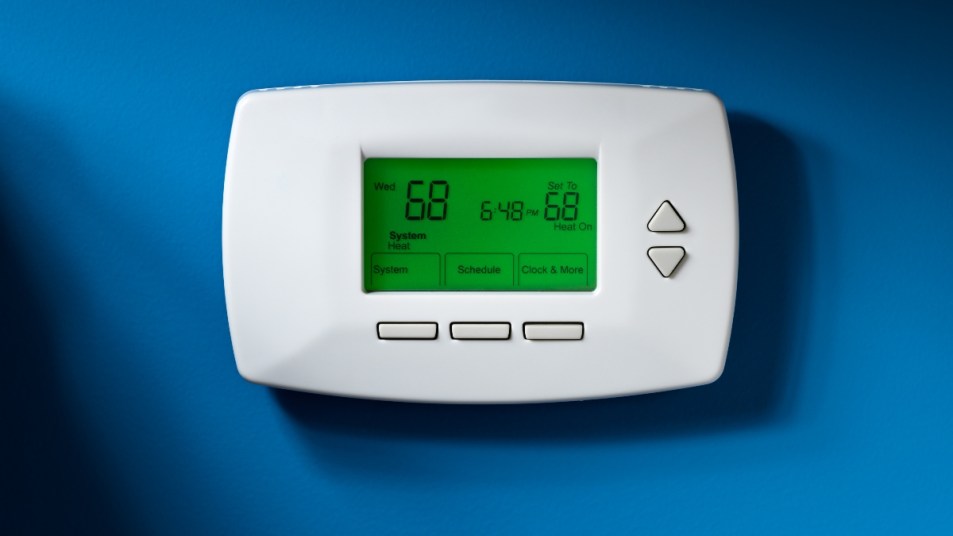
With cooler weather comes a heftier heating bill — it makes many homeowners wonder what they can do to bring that bill down, and the big question many ask themselves: Does lowering the thermostat save money? It’s certainly a popular theory: If you Google “how to save money on electricity bill,” lowering the thermostat is near the top of any list of money-saving tips. But will keeping your house slightly cooler bring down your bill enough to make it worth it? Read on to discover what experts really think.
Does lowering the thermostat save money?
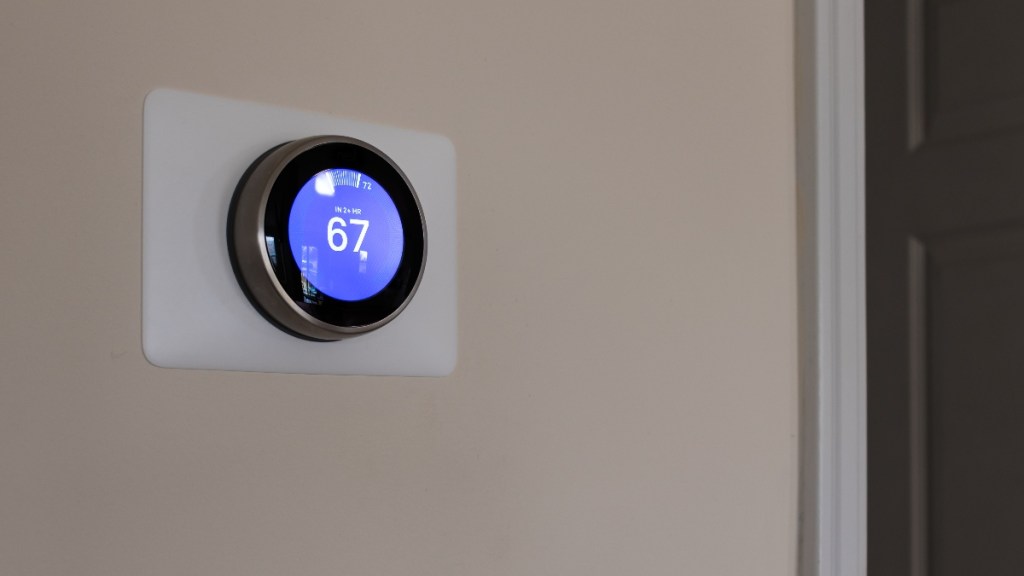
The good news is that yes, turning down the thermostat does lower your overall heating bill. Of course, if you know you will be out of the house all day and lower your thermostat by 10 to 15 degrees for an eight-hour period, you’ll notice a big difference in your bill. But what if you or someone in your household is home all day? Even just a little change still helps! “Lowering your thermostat by just one or two degrees can slash your heating bill by 5%,” confirms home-improvement pro Danny Lipford. So if you’re okay sitting in a room that’s only slightly cooler than normal all the time, you can save money steadily all month.
Using a “smart” thermostat to help save you money
Investing in a programmable or a “smart” thermostat, both of which are widely available in home-improvement stores, will have it doing the work of adjusting the temperature for you. Research shows that installing one can save 8% to 10% on your monthly electric bill (translating into about $160 a year, on average).
“Unlike traditional ones, smart thermostats can be programmed to cool areas of the home when a certain time rolls around, like when you’re on your way out the door for work or school,” explains Traci Fournier, Vice President of Operations at One Hour Heating and Air Conditioning. “Instead of constantly readjusting the levels, you can set the thermostat to turn on, off or change temperature ahead of time. It can also detect when no one is home and scale back to run the HVAC system in energy-saving mode.”
“All smart thermostats have advanced features older ones don’t offer that make keeping your home warm a breeze. These features include WiFi capability and the ability to take weather patterns into account when adjusting the temperature,” Fournier says. “Others let you sync a mobile device to your thermostat so you can change the temperature and ensure the heat is running smoothly while running errands or on vacation.” Lastly, the most advanced smart thermostats will use artificial intelligence to learn your cooling and heating habits to provide a recommended schedule that will meet your wants and needs, she adds.
Another perk to using one? It causes less stress to your HVAC system. “You can extend your old HVAC’s life span by carefully programming it and decreasing the amount of time it needlessly runs,” shares Fournier. This helps sidestep other costly repairs or replacements down the road.
Watch this video from @DIYLifeTech to learn how a smart thermostat like Google Nest saves you money:
How paying for a smart thermostat will still help you save
“The cost associated with switching to a smart thermostat varies,” says Fournier. “In recent years, smart thermostats have become more affordable and accessible, as you can find them at your local hardware store or order one online; however, keep in mind if the homeowner does it themselves, they run the risk of damaging their system if they don’t know what they’re doing.”
The total investment will depend on the smart thermostat you choose to install and the fees the technician in your area charges for the installation service if you don’t do it yourself. The value of a smart thermostat comes not only from energy and utility bill savings but also from the convenience it offers, according to Fournier.
The good news: “A smart thermostat like Google Nest (Buy from Amazon, $89.99) usually pays for itself in the first year,” says Cisco DeVries, founder of OhmConnect.com, a clean energy company. “Like with a regular thermostat, you set it to the ideal temperatures during specific time periods, but it monitors your energy use and behavior and automatically adjusts settings to make energy use as efficient as possible.”
To score a free smart thermostat: Call your power company
A smart thermostat saves you money long-term, but you can cut costs even more by asking if your power company will pay for it. Many cover all or part of the cost of a smart thermostat because it reduces unnecessary drains on the electric grid. Plus, since it connects to your home’s WiFi, it allows them to temporarily adjust your thermostat remotely during peak usage. For example, Duke Energy gives customers a $75 rebate along with a $25 bill credit each year in return for adjusting your thermostat a few degrees for 2 to 3 hours on exceptionally cold days. To find out if your local power company offers this, call their customer service number of visit their website. Tip: If you prefer to control your home’s temperature, in most cases, you can opt out and set the thermostat yourself.
5 more ways to save money on heating
Does lowering the thermostat save money? Sure, but it isn’t the only way to slash your heating bill. Experts say there are other simple changes you can make around the house.
1. Insulate windows with bubble wrap
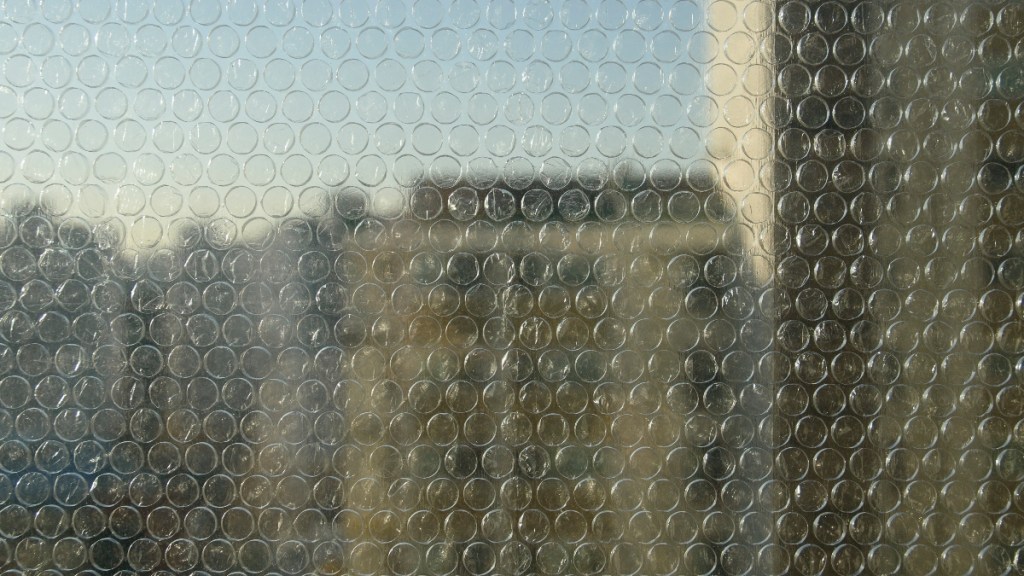
About 30% of a home’s heating energy is lost through older and single-pane glass windows since they allow cold air to pass through, wasting between $101 and $583 per year, according to the U.S. Department of Energy. While installing energy-efficient, double-pane windows that block cold air can cost thousands of dollars, and applying insulating window film with tape or a hair dryer is a hassle, there’s a far easier solution: bubble wrap, which is available at a dollar store for $1 per six-foot roll. To use it, Leah Bolden, host of the home improvement YouTube channel See Jane Drill advises, “Cut the bubble wrap to the size of the window, lightly spray the glass with water to help the plastic stick to it, then apply.” The plastic bubbles act as insulation, keeping out frosty air. Have gaps on the sides or bottom of the window where drafts are coming in? Cut the bubble wrap a little bigger to block them.
2. Roll up towels to stop drafts
Drafts coming in from gaps around your home account for 10% to 20% of heating costs. One of the biggest gaps you’ll find? The bottom of doors leading to the outside or garage. That’s because doors tend to shrink in winter, letting in chilly air. To block drafts, roll up towels and place them at the bottom of doors you don’t open often, such as a side door. And for doors you use daily, Bolden recommends a draft stopper (Buy from Amazon, $14.95), which is a set of two rollers that block drafts from both sides of the door. “It just slips on the bottom of the door.” And to caulk other gaps temporarily — for example, around an attic or crawl space door — Bolden suggests using a removable caulk like Dap Seal ’N Peel (Buy from SimSupply, $16.93) that lets you seal gaps in winter, then peels off when you want to use the door again in spring.
3. Block hidden gusts with socket sealer
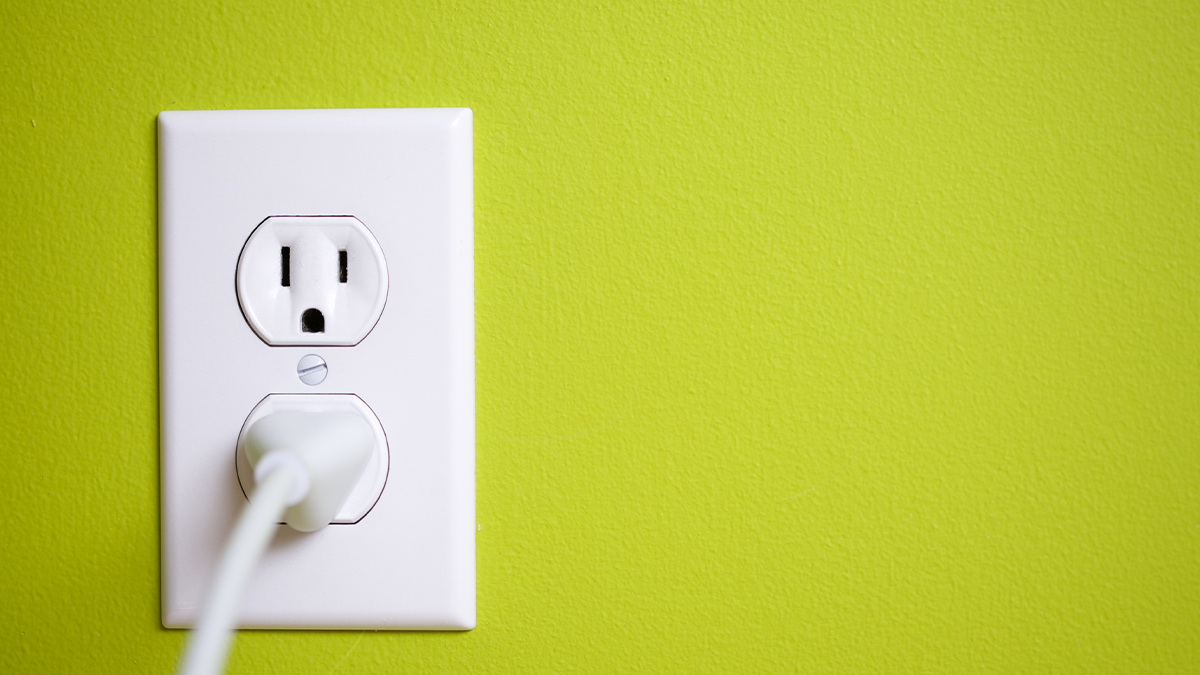
Electrical outlets and light switches are tiny parts of a room, yet they can have a big impact on your heating bill. The reason? Cold air that gets into the walls escapes through open crevices in their cover plate. “Just imagine several small drafts all at once, and all those little drafts will add up to a large draft,” says Christina Klaiber, host of The Frugal Duo YouTube channel. Her easy fix: Use a socket sealer, especially on exterior walls (Buy from Amazon, $5.99). The inserts fit between the wall and outlet or light switch plate and block any small drafts that may come in.
4. Turn on a humidifier to feel warmer
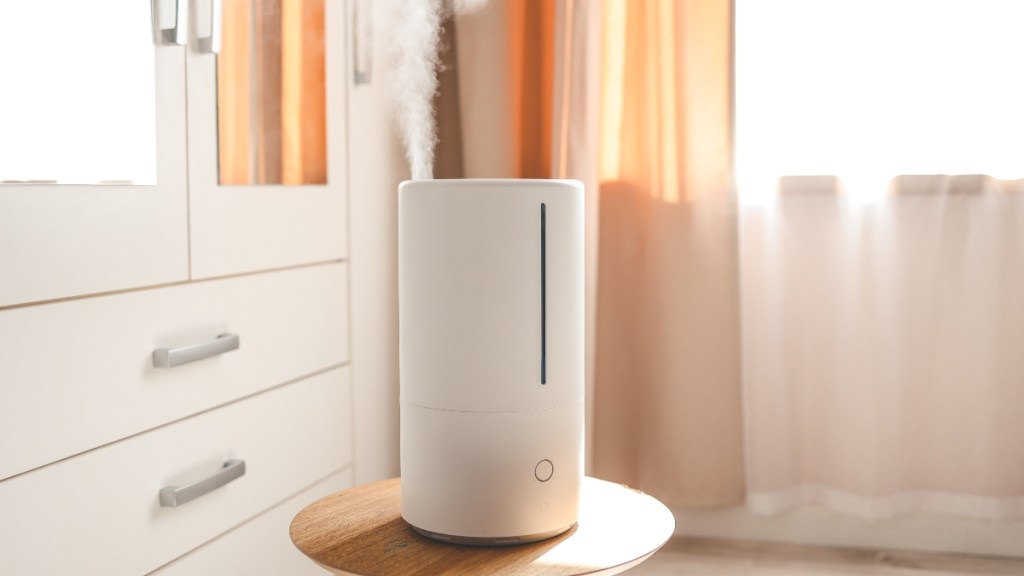
Ever turn up the heat, but still feel chilly? The problem is that low humidity in winter makes you feel colder despite the thermostat going up. That’s because water vapor is needed to hold on to warm air. This is actually good news since it means that simply adding moisture to the air with a portable room humidifier, so the air reaches 30% to 50% humidity, makes you feel warmer and you can turn down the heat.
For more money saving tips, keep reading!
Need to Fix Your Car, Clock, or Computer? Here’s How to Find Affordable Expert Help














